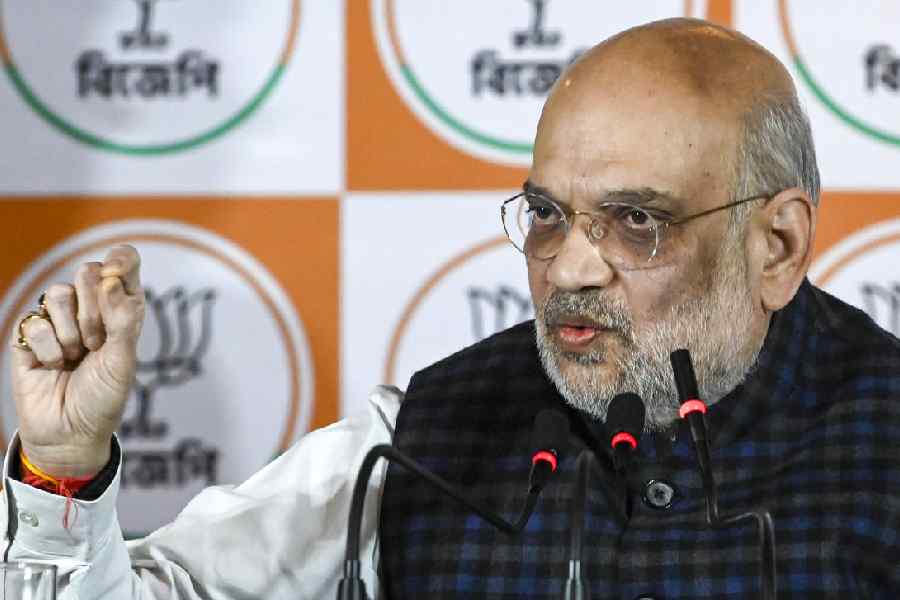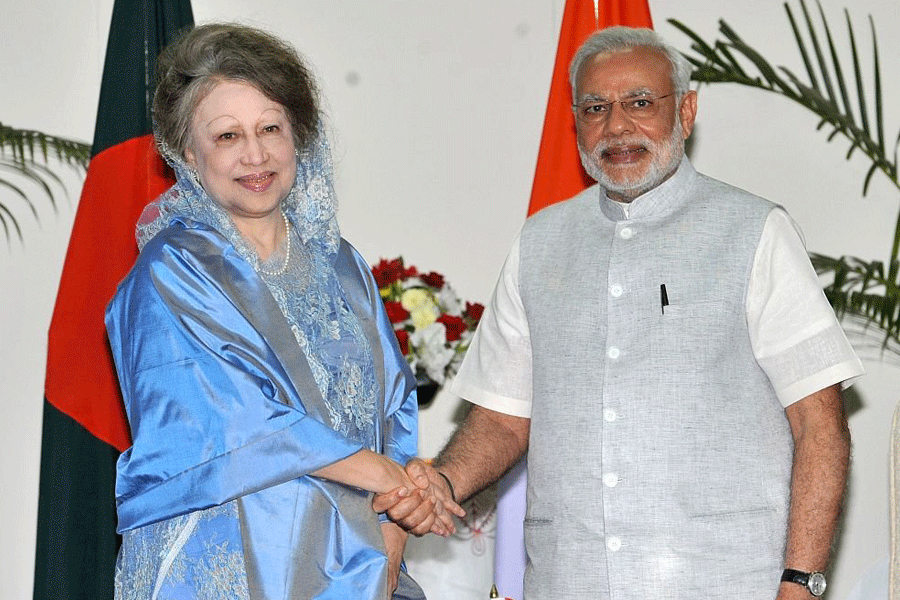 |
New Delhi, Oct. 26: Clothes hung out to dry, considered an embarrassment in new-age apartments but seen across India, could help save America and the world.
America could significantly cut its greenhouse gas emissions through a set of 17 easy-to-implement household actions, including line-drying of clothes widely practised in India, a study has shown.
The study by US researchers has indicated that household behavioural change and existing commercial technologies can save an estimated 123 million metric tonnes of emissions per year — about 7 per cent of total US emissions. The US is the world’s second largest greenhouse gas emitter after China.
The study is the first to quantify possible energy savings through household actions and may also be relevant to thousands of households across India with lifestyles comparable to those in the West. Actions that will cost almost nothing to individuals include line-drying of clothes and driving more efficiently.
The household actions could lead to quick reduction in emissions with little or no reduction in household well-being, a five-member team of researchers said. Their findings appear today in the US journal Proceedings of the National Academy of Sciences.
The researchers believe such actions could lead to substantial reduction in emissions within a decade in contrast to new technologies for low-carbon energy, efficiency, or renewable energy that might take decades to develop and enter markets.
 |
| Clothes hung out to dry in India |
“We need to treat household emissions reduction with the same level of sophistication and seriousness that we apply to industrial emissions,” said Michael Vandenbergh, one of the researchers at Vanderbilt University Law School, Nashville, Tennessee.
Vandenbergh and his colleagues estimated current penetration levels of energy-efficient technologies or behaviour across US households and computed energy savings if a greater proportion of households changed behaviour.
Actions that require the least effort or money by individuals include more efficient driving, adjusting the temperatures of heaters, and line-drying of clothes instead of using a dryer for at least five months during the year.
The researchers estimate that only 8 per cent of US households line-dry laundry during five months. The study points out that millions of households are prevented from line-drying by private home owners’ association rules.
A study released earlier this year had suggested that many people in the US might be idling their cars for far longer than they need to. “If we could get them to update their behaviour to reflect modern car designs, they would idle for no more than 30 seconds — and millions of tonnes of carbon emissions could be reduced,” Vandenbergh told The Telegraph in an interview.
Appliance and equipment upgrades — replacing large-screen plasma TVs with liquid crystal display units, or switching to low-flow showerheads that deliver less than 7.5 litres flow per minute — could also save energy.
The researchers point out that direct household energy use accounts for 626 million metric tonnes, or 38 per cent, of total US emissions. The estimated 123 million metric tonnes saving from household actions would be more than France’s total emissions.
The findings, Vandenbergh said, demonstrate that behaviour change can generate emissions reductions as large as emissions from major sectors such as iron and steel, petroleum refining and aluminium industries.
“This study highlights the substantial potential that households in the US have to cut energy consumption,” said Girish Sant, coordinator of the Prayas Energy Group, a non-government agency in India involved in energy policy research.
“It also shows the dramatic differences in household energy consumption between India and the US,” Sant said. A Prayas study has shown that household energy use in India accounts for only 8 per cent of the country’s total emissions.
The study’s team members believe there are significant barriers to action.
“Financial incentives are essential for expensive actions. They need to be combined with strong information, attention to convenience and quality assurance,” said Paul Stern, principal staff officer at the National Research Council, Washington DC.
“The primary barrier is the belief among policymakers that we should focus almost exclusively on large industrial sources of carbon,” Vandenbergh said. “We require more attention to research on what drives individual behaviour change.”
The researchers say similar household actions could also help reduce energy use by households with comparable lifestyles elsewhere in the world. “But the most effective actions (to cut energy use) may be different in different places,” Stern said. “In the US, the two most important areas for savings would be switching to a more fuel-efficient vehicle and reducing energy for home heating,” Stern said.
Similar studies in India may help design programmes that encourage households to adopt low-carbon habits and equipment-use patterns at the outset. “It’s easier to shape new habits than change existing ones,” Vandenbergh said.











